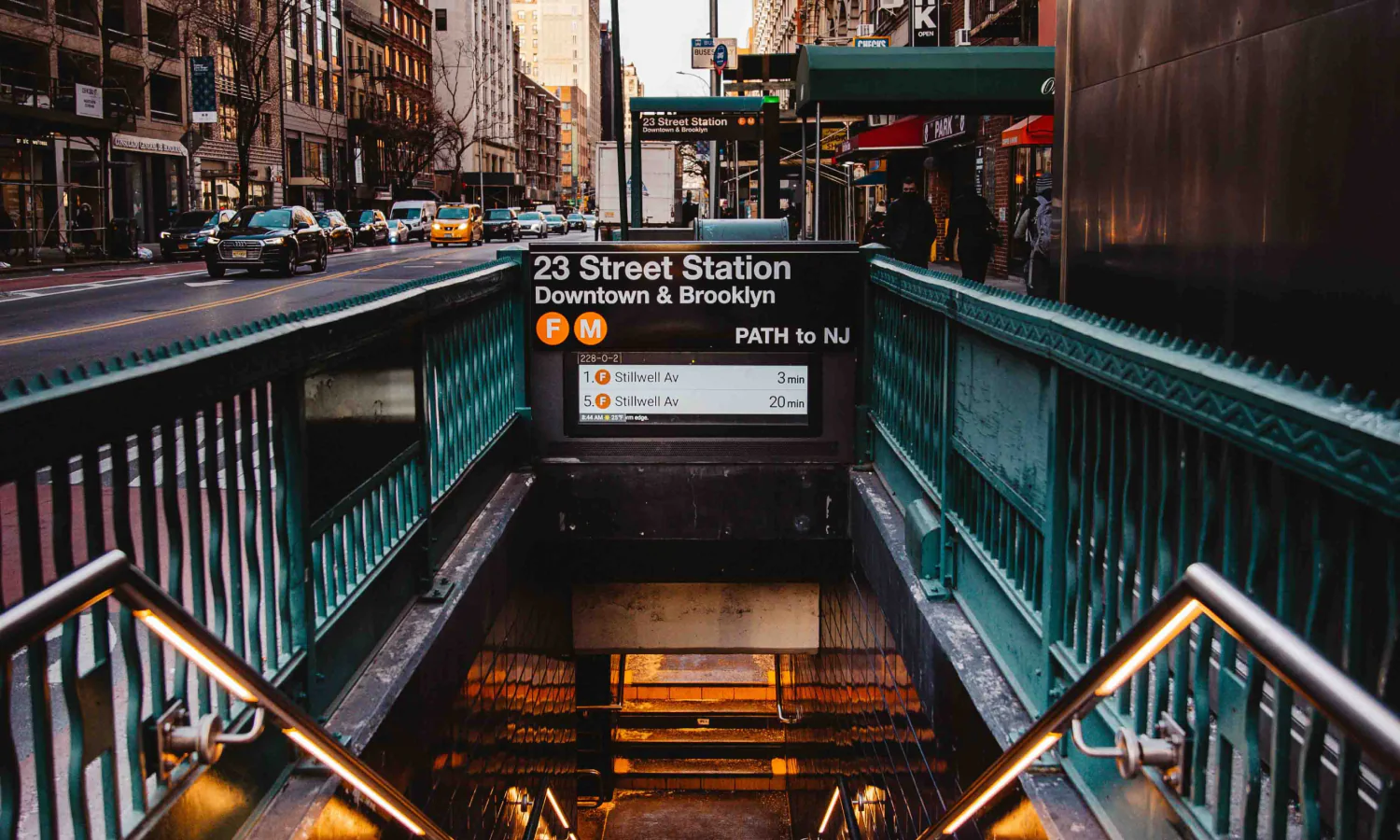
Newsletter Subscribe
Enter your email address below and subscribe to our newsletter
Imagine stepping into a dining room that transports you to the vibrant and enchanting land of Morocco, where every detail tells a story of rich culture and timeless beauty. Picture yourself surrounded by the warmth of intricate tile work, the soft glow of lanterns, and the inviting aroma of exotic spices, as you gather around a beautifully crafted table with your loved ones. Join me, your design loving friend, as we embark on a journey to create a Moroccan inspired dining room that will make every meal feel like a magical escape to a far off land, filled with laughter, love, and unforgettable memories.
Traditional Moroccan tiles featuring intricate geometric patterns, often used for walls, floors, or tabletops.
Deep reds, oranges, blues, and golds that reflect the Moroccan landscape and culture.
Intricately designed metal lanterns, often with colored glass, that cast beautiful patterns of light.
Handwoven rugs with unique patterns and vibrant colors, typically made of wool.
Floor cushions and low sofas for a casual, relaxed dining atmosphere.
Wooden tables intricately carved with traditional Moroccan patterns.

A traditional Moroccan seating arrangement that involves plush cushions and low sofas around the perimeter of the room.
Smooth, waterproof plaster walls in warm tones, originating from ancient Moroccan architecture.
Decorative pillows made from the same material as Berber rugs, adding texture and color.
Portable, ornate brass trays often used as tabletops in Moroccan decor.
Decorative plates with intricate designs, used for both serving and decoration.
Rustic, earth toned dishes that complement the Moroccan aesthetic.
High quality, hand knotted wool rugs with distinctive geometric patterns.
Doorways with a characteristic arch shape, reflecting Islamic architectural influence.
Leather or fabric poufs, often used as seating or footrests.
Wooden or plaster ceilings with detailed carvings or patterns.

Decorative metal pieces, such as mirrors or wall art, featuring intricate cut-out designs.
Traditional Moroccan slippers, often placed at the dining room entrance for guests.
Silver or metal tea pots and glasses used for serving traditional mint tea.
Lattice wood or metal screens used for privacy or decoration, allowing light to filter through in beautiful patterns.
Textiles with geometric patterns used for upholstering chairs or cushions.
Large, ornate lighting fixtures that serve as a room’s centerpiece.
Textured, patterned cloths used as decorative accents.
Wall mounted lanterns that provide ambient lighting.
Decorative panels used as room dividers or wall decor.
Durable, aromatic wood commonly used in Moroccan furniture making.
Ceramic or clay cooking vessels, often used as table centerpieces.
Colors inspired by these spices, used in textiles and wall color.

Handmade pottery from Fes, known for its intricate designs and vibrant colors.
Tablecloths and napkins with detailed embroidery.
Woven baskets for bread or fruit, adding a rustic touch.
Often framed with metal or wood, featuring arched or geometric shapes.
Decorative accents on curtains, cushions, or lampshades.
Copper pots, pans, or decorative pieces that add warmth and shine.
Wall art or fabric patterns inspired by henna tattoo designs.
Art made from recycled textiles, showcasing vibrant colors and patterns.
Natural stone used in tabletops or decorative items for a touch of luxury.
Represented in art, textiles, or even live plants, adding a natural element reminiscent of the Moroccan landscape.
More tips, trends, and transformations await you at our interior design blog. These elements, when combined, create a visually rich and culturally immersive Moroccan dining room experience, blending traditional craftsmanship with modern sensibilities for a unique and inviting space.